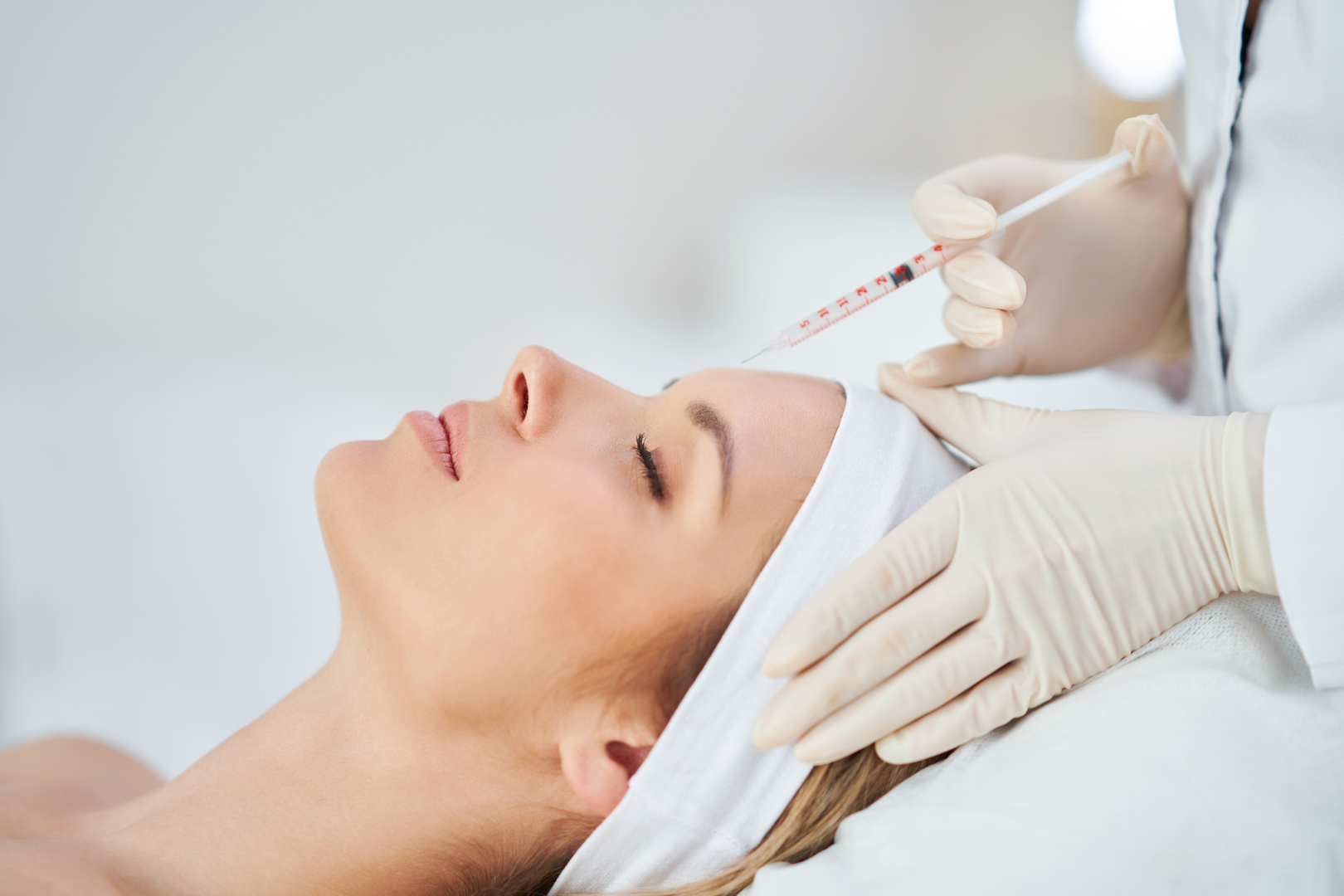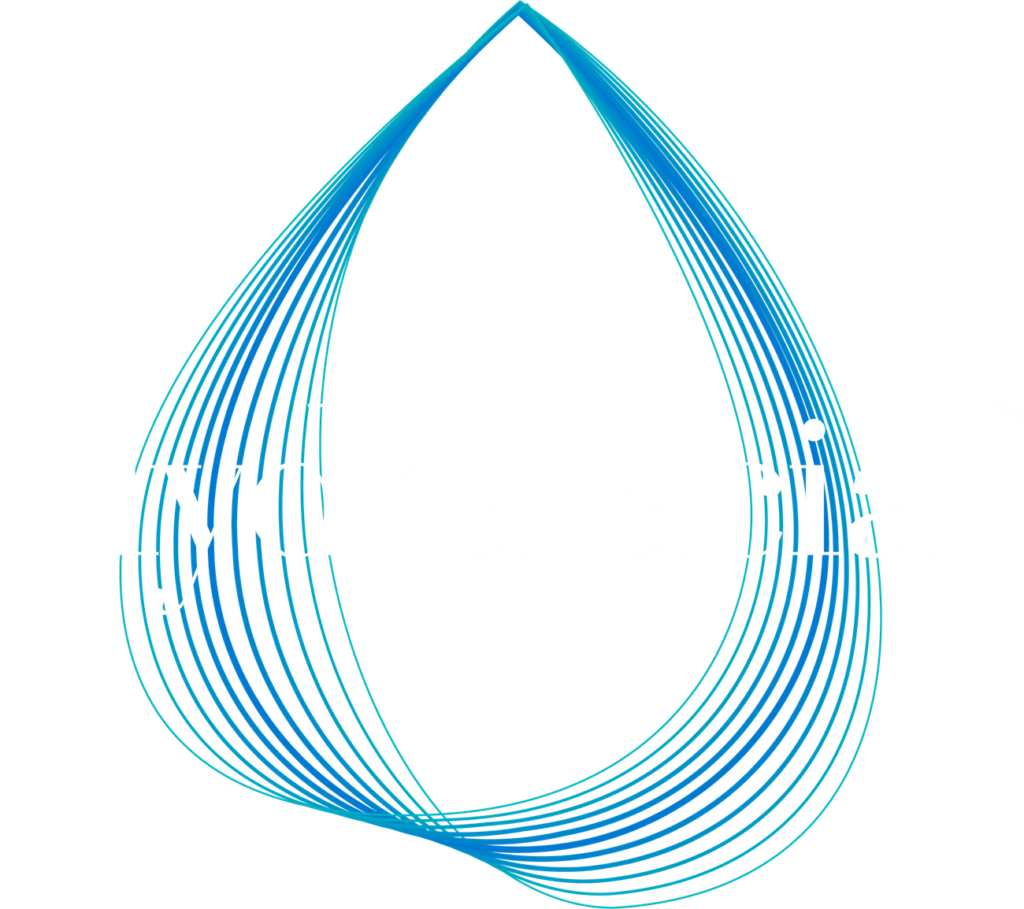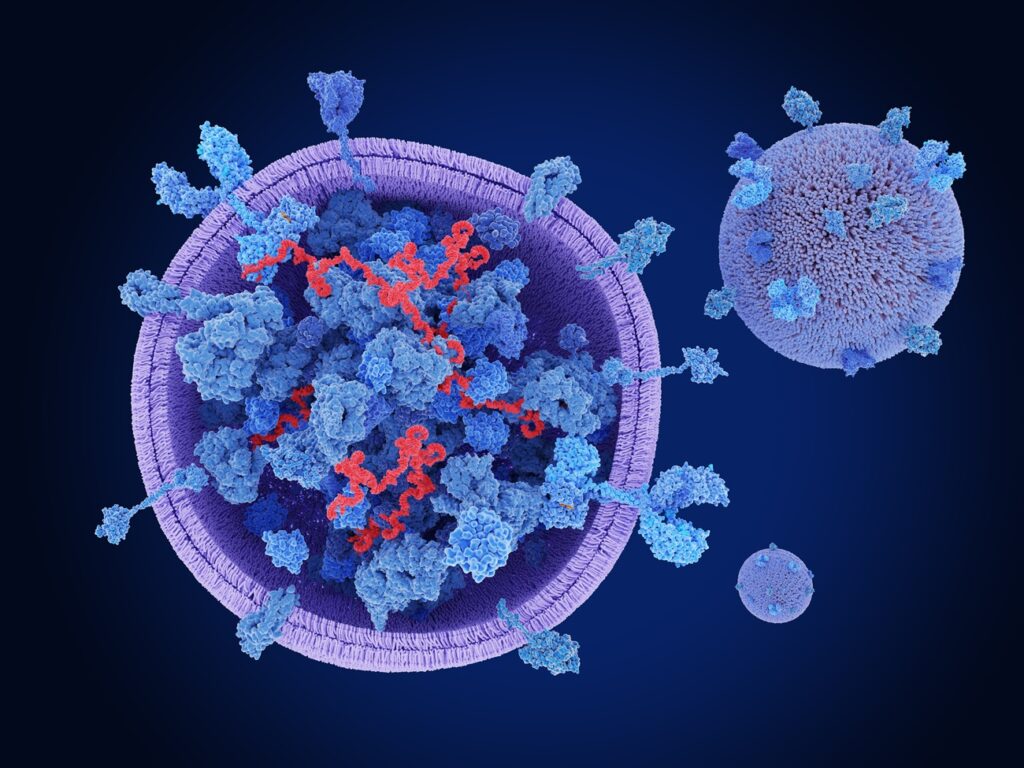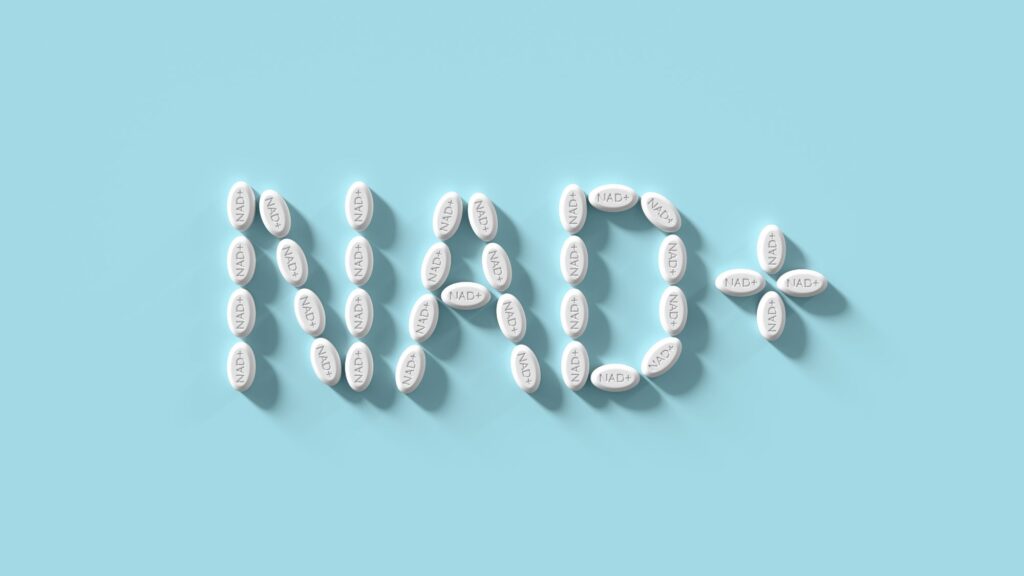Botox Immunity: Can I become immune to Dysport or Botox?
When it comes to Botox treatments, a concern that occasionally comes up is whether a person can develop Botox immunity. While this is rare, understanding how it happens and what you can do if it occurs is essential. Botox and similar treatments like Dysport rely on the body’s response to the injected neurotoxin, and in very few cases, patients may stop responding over time. Let’s explore what Botox immunity means, how it develops, and what options are available if you experience this issue.
Can I develop Dysport or Botox immunity?

Immunogenicity (developing botox immunity) does occur, but it is very rare. If treatment is not working, it is first important to ensure that your dosage was high enough and that treatment was performed correctly. Those who do not see the effects of the treatment are classified as either primary non-responders (PNR) or secondary non-responders (SNR). Primary non responder patients are those who have never experienced good results, with under a 25% improvement at their first treatment. Secondary non responder patients are those who used to experience results but no longer do in at least two repeated treatments.
Since Botox (BoTN) is a foreign substance, the body can develop antibodies to resist it, leading to Botox immunity. The body may form antibodies against the core neurotoxin itself or against accessory components of the medication. Not all patients who develop antibodies stop responding, and not all patients who stop responding have antibodies, but they can cause a lack of response. Approximately 3.5% of those who do see response to treatment have antibodies, and 53.5% of patients with SNR have antibodies. Most who develop SNR Botox immunity at first see a loss of effect and slowly progress toward no effect over the next 2 to 3 treatments (Bellows & Jankovic, 2019).
How common is Botox Immunity?
As per package inserts, 1.5% of cosmetic Botox (2023) patients developed binding antibodies, while only .19% of cosmetic Dysport (2023) patients developed binding antibodies in trials. Neither company had any patients that developed neutralizing antibodies in trials. Binding antibodies are able to attach to the protein in BoTN and may or may not have an impact on its effect while neutralizing antibodies would render treatment ineffective.
The reported rate of actual neutralizing antibody formation and complete resistance in cosmetic patients appears to be under 1% (Choudhury et al., 2021). As per Bellows & Jankovic (2019), multiple studies were unable to find any antibody formation in cosmetic patients, including a pooled analysis of 1968 patients over a 13 to 17-month period. It appears that the rate of immunogenicity increases with the amount of product used at each treatment, and it is generally believed that a shorter time between treatments also contributes (Truong et al., 2023; Bellows & Jankovic, 2019).
What happens if a patient develops Dysport or Botox immunity?
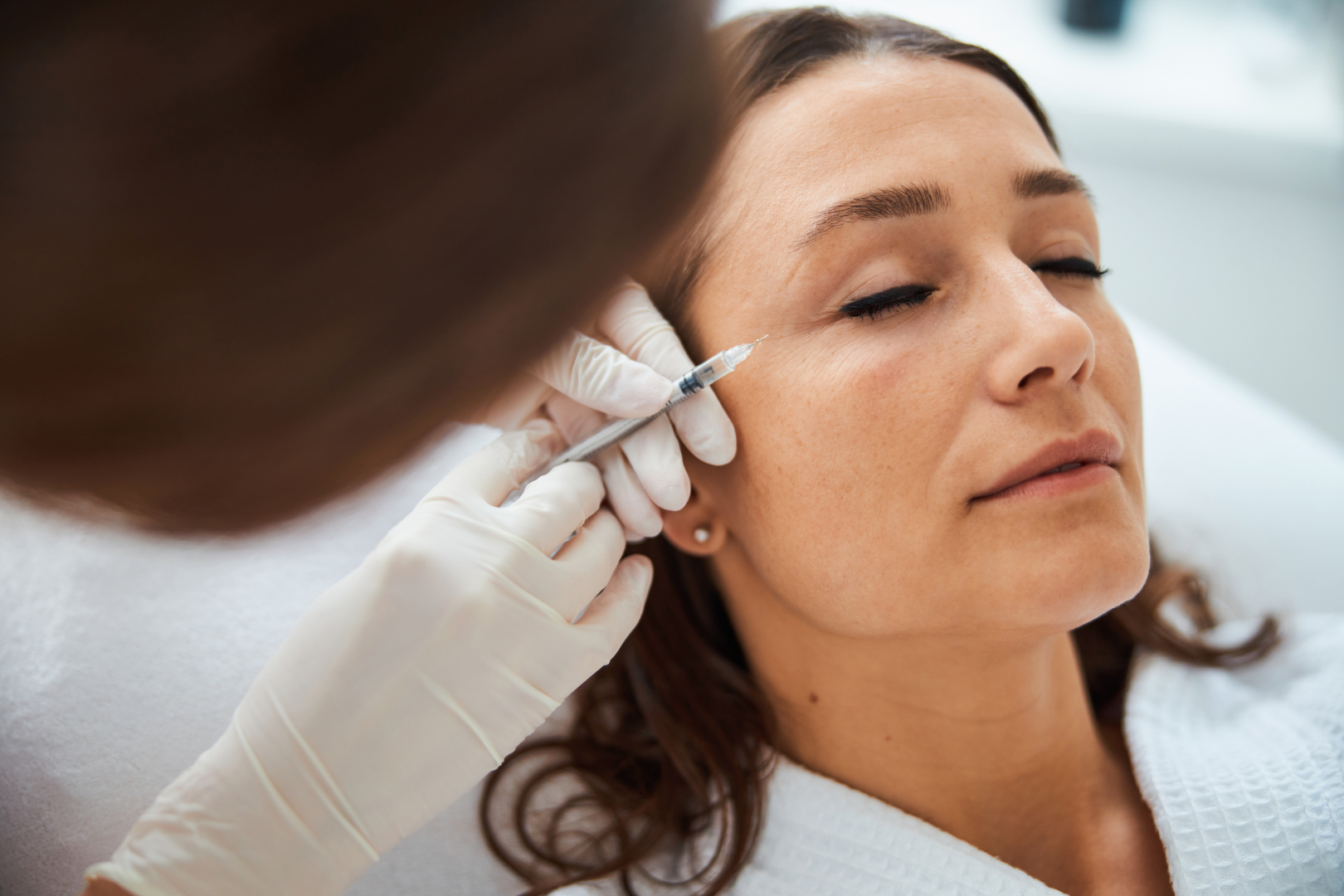
If a patient does develop Botox immunity, there are still options. As noted previously, Xeomin lacks the non-active proteins found in other formulations. Multiple studies have shown that many patients who have developed resistance to other formulations found success with switching to Xeomin (Bellows & Jankovic, 2019). This is likely because many patients have developed antibodies to the non-complexing proteins found in other brands rather than the BoTN itself.
Original formulations of Botox, which contained more complex proteins, led to up to 17% resistance in patients being treated for cervical dystonia, further indicating that this may be the case (Shtefan et al., 2022). A study by Wanitphakdeedecha et al. (2020) found that 30% of non-responders responded to treatment with Xeomin. Antibodies also drop with time, so a long break could allow non-responders to return to treatment in the future (Shtefan et al., 2022).
At Allure Aesthetics, we have only encountered non-responsiveness once. In that particular case, the individual had already developed immunity before seeking treatment with us, and they had a long history of autoimmune issues.
Overall, the concerns about atrophy and immunogenicity (Botox immunity) lead to the same recommendations—only use as much as you need and wait for the treatment to wear off before being re-treated. If these guidelines are followed, the risk should be low, and you should have more natural-looking, cost-effective results.
Dysport and Botox Treatments at Allure Aesthetics

At Allure Aesthetics in King of Prussia, near Philadelphia, we offer a range of advanced neuromodulation treatments, including Botox, Dysport, and Xeomin. We also provide Jeuveau and Daxxify in certain cases. Dysport remains our top recommendation, supported by both reliable research and our experience treating thousands of clients. It offers faster results, longer-lasting effects, and a natural, refreshed look at a reasonable cost.
Whether you’re looking to smooth fine lines, enhance your confidence, or achieve a more youthful appearance, our personalized, non-surgical treatments are designed to help you look and feel your best.
For more information about our services or to schedule an appointment, please email us at info@allureaestheticsllc.com or book directly through our booking portal.
Be sure to take a look at our Instagram to see before and after photos of our work and more educational content.
References
AbbVie. (2023, November). Botox. Prescribing information. http://www.allergan.com/assets/pdf/botox_cosmetic_pi.pdf
Bellows, S., & Jankovic, J. (2019). Immunogenicity associated with botulinum toxin treatment. Toxins, 11(9). https://doi.org/10.3390/toxins11090491
Choudhury, S., Baker, M. R., Chatterjee, S., & Kumar, H. (2021). Botulinum toxin: An update on pharmacology and newer products in development. Toxins, 13(1). https://doi.org/10.3390/toxins13010058
Galderma. (2023). Dysport. Prescribing information. Dysport. https://www.dysportusa.com/PI
Shtefan, V., Fletcher, J., & Duclos, O. A. (2022). Causes of botulinum toxin treatment failure. Clinical, Cosmetic and Investigational Dermatology, 15, 1045–1049. https://doi.org/10.2147/CCID.S363321
Truong, D., Dressler, D., Hallett, M., Zachary, C., & Pathak, M. (2023). Manual of botulinum toxin therapy (3rd ed.). Cambridge University Press.





